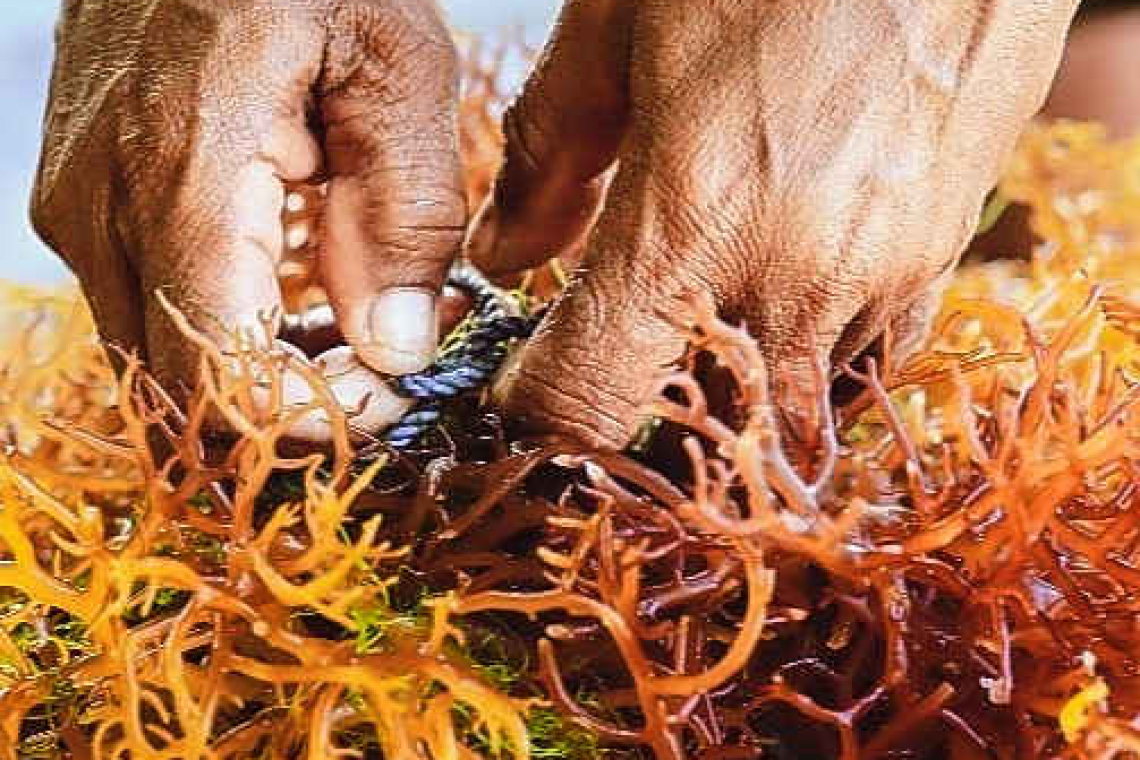By Dr. Colin Michie FRCPCH University of Central Lancashire. Sea moss smoothies are gentle, balmy, often with soft flavours.
In Trinidad, it is “good for de back”. But what exactly is sea moss? Is this seafood really beneficial? Sea moss is also called Irish or pearl moss. Its Gaelic name is “carraigin”, or little rock.

It grows on rugged shorelines on both sides of the Atlantic, looking rather like a small fern. It is not related to land mosses. As a source of vegetable gelatine, sea moss has for centuries been used in kitchens, from Ireland to the Philippines, in making sauces, jellies, aspics and drinks.
Traditional flavours include vanilla, cocoa, honey, coconut and lemon juice. (No sugar or alcohol needed!) Seaweeds are large algae that have evolved over much longer times than most land plants. Their diversity of shape, colour and design allows them to withstand changes in sea temperatures while fixing carbon from the atmosphere and producing most of our oxygen.
They provide food and shelter to trillions of sea creatures. Mankind has used seaweeds as food, fertiliser and animal feeds, as well as for building. Uses and values of these marine treasures in our daily lives and medical care are growing.
Sea moss, a sea vegetable, is a red seaweed harvested for its carrageenan, agar, alginates and ulvan. These are carbohydrate molecules built in long chains. Carrageenan gum binds water into a gel and is used in foods to keep them hydrated and juicy.
The gum is antimicr.























